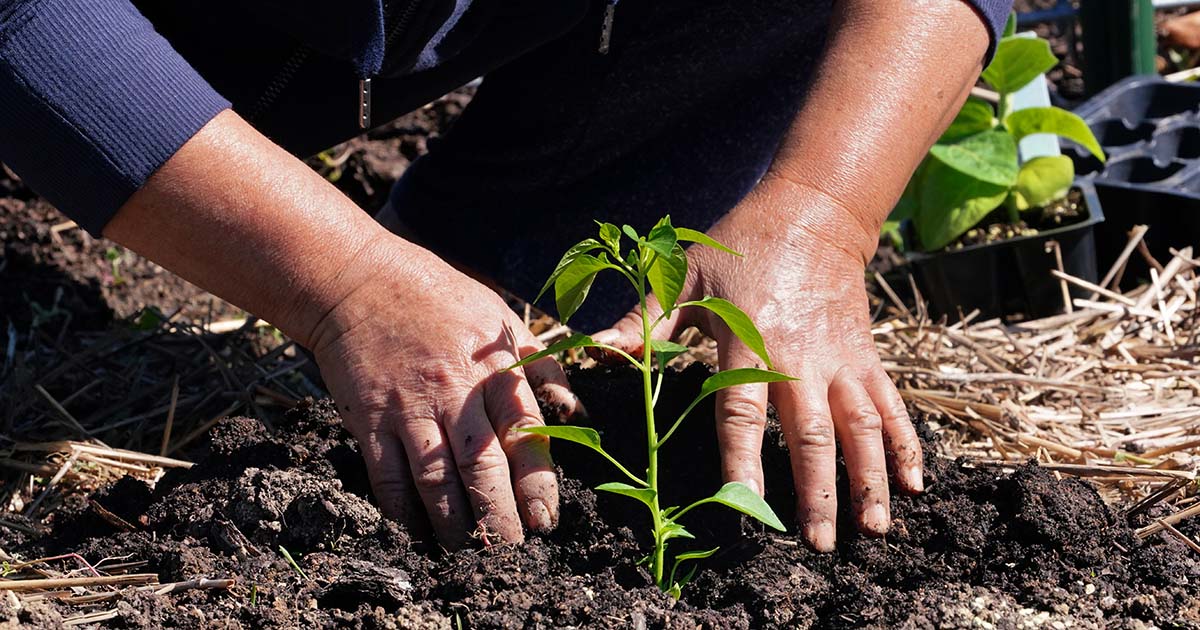Wet and warm Indiana winter predicted
As we look to December, January, and February, Indiana is predicted to have warmer than average and wetter than average winter conditions due to the effects of La Niña. However, a couple of variables remain that could change these predictions significantly.
La Niña is caused by movement in the jet stream due to cooler-than-average temperatures in the eastern equatorial Pacific Ocean. La Niña usually creates the wettest conditions in late winter, which signifies more risk for flooding events or heavy snowfall in February. The jet stream, as it dips down, brings cold northern air with it. Over Indiana, it changes course and heads back to the north, pulling warm southern air into our region. The most recent National Climate Prediction Center three-month outlook predicts a six-tenth of a degree anomaly on the warm side for Indiana with a precipitation anomaly just over a half-inch greater.
As a result of the replacement of climate normals (now 1991-2020 instead of 1981 to 2010), these seasonal predictions assume that this winter will be wetter across the state. An estimated 3.35 inches of January precipitation is expected in Evansville, up from 3.10 inches derived from the previous normals. Likewise, Indianapolis' January precipitation expectations have risen to 3.12 inches from the previous 2.66 inches. South Bend can expect 2.66 inches of precipitation in January instead of the old normals of 2.29 inches.
This seasonal outlook could fail based on two factors – analog years and shorter-term atmospheric oscillations. If one considers analog (i.e., past and similar) years, Indiana experienced La Niña conditions this last year despite showing near normal observations as a whole. Last winter season started (December 2020 and January 2021) warmer and drier (both liquid/rain precipitation and snowfall) than average, however, February of this year was significantly colder and snowier than average. Shorter-term atmospheric oscillations can also drastically change the outlook. While the El Niño-Southern Oscillation signal lasts for months, the Arctic Oscillation switches from positive to neutral or negative in a matter of weeks, and the change can bring short-term variations in temperatures. A negative Arctic Oscillation is also commonly associated with the term “polar vortex.”
For more information on the seasonal outlook, contact Hans at the Purdue Extension – Posey County office via hschmitz@purdue.edu or 812-838-1331, or the Indiana State Climate Office at 765-494-8060.



